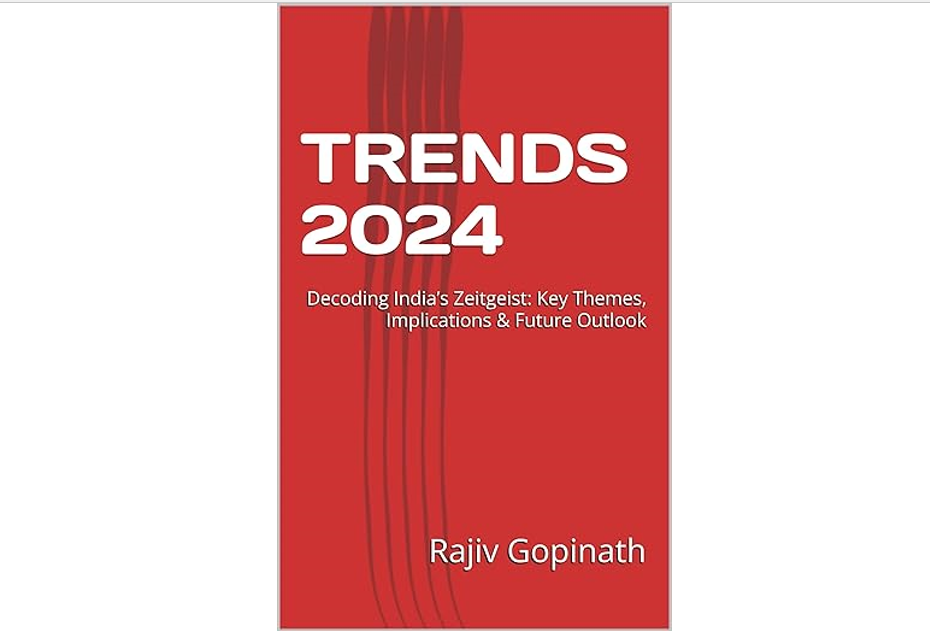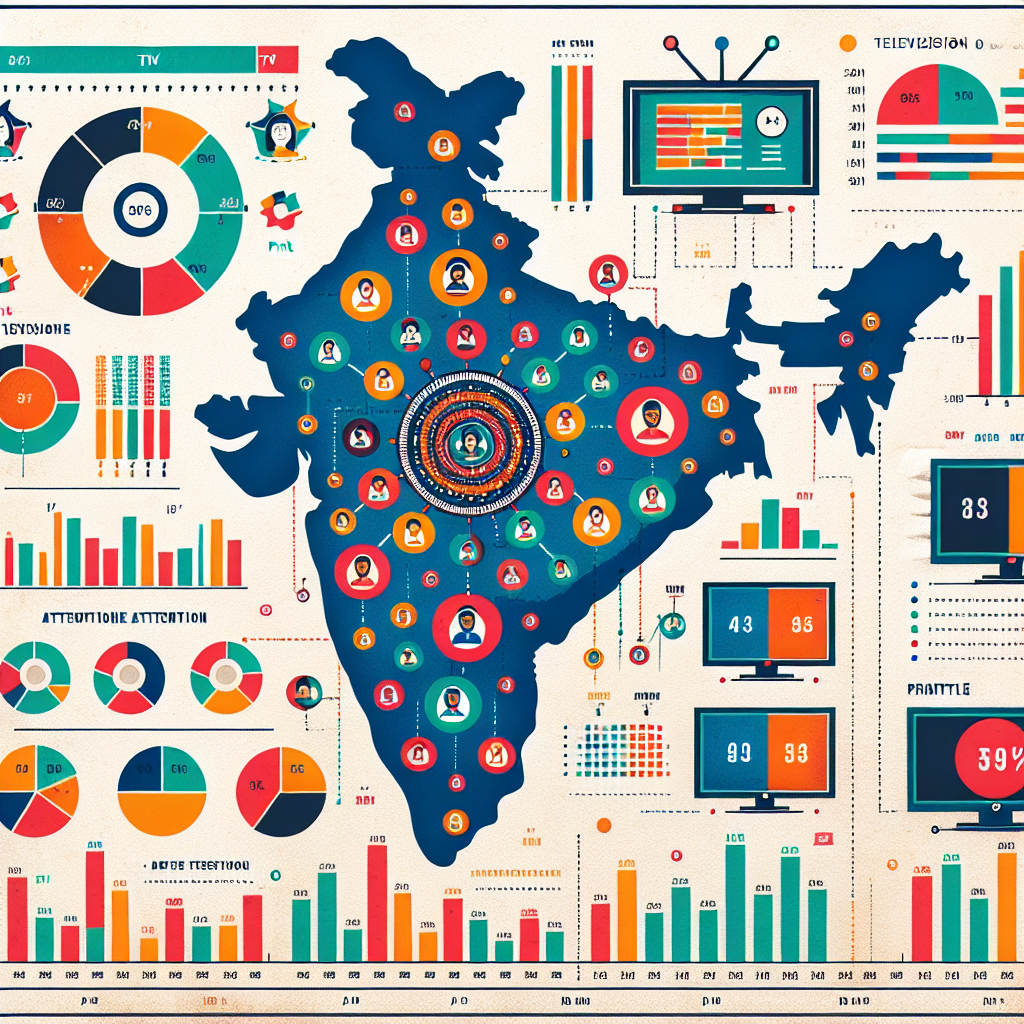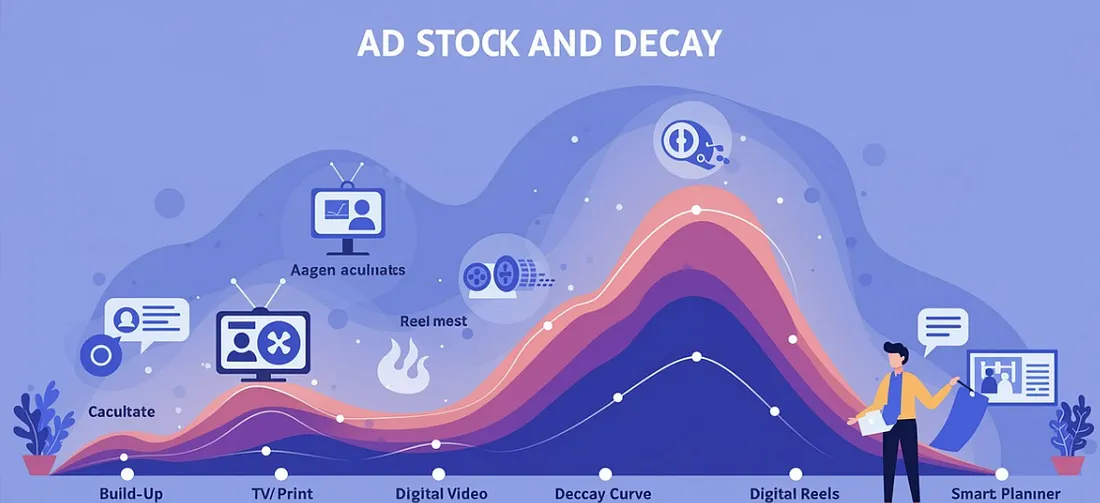The Future of Retail Media Networks and What Marketers Should Know
Introduction: The Third Wave of Digital Advertising
The digital advertising ecosystem is experiencing a profound transformation with the rise of retail media networks (RMNs)—a development that GroupM's Global President of Commerce Brian Gleason describes as "the third wave of digital advertising after search and social." With eMarketer projecting retail media spending to reach $109 billion globally by 2025, representing a compound annual growth rate of 25%, these networks have rapidly evolved from experimental channels to essential components of the marketing mix. This growth is driven by the confluence of first-party data advantages in a post-cookie world, the continuous expansion of e-commerce, and retailers' pursuit of high-margin revenue streams beyond traditional merchandising. As former P&G CMO Jim Stengel observes, "Retail media networks represent the rare confluence of interests between retailers, brands, and consumers—providing targetability for marketers, profitability for retailers, and relevance for shoppers." This article examines the strategic implications of retail media networks' rapid evolution, providing marketers with frameworks to navigate this increasingly complex but potentially transformative channel.
1. The Strategic Value Proposition of Retail Media Networks
Retail media networks offer distinct advantages over traditional digital advertising channels:
a) Closed-Loop Attribution
Unlike conventional digital channels, RMNs enable direct measurement of advertising impact on sales. Example: Walmart Connect's attribution system demonstrates that brands utilizing their sponsored product ads achieve an average return on ad spend (ROAS) of 6.7:1, with complete visibility from impression to purchase.
b) First-Party Data Advantage
In an increasingly privacy-centric environment, retailer data represents a privacy-compliant targeting solution. Example: Kroger Precision Marketing leverages data from 60 million households and 2 billion annual transactions, enabling CPG brand Mondelēz to reduce targeting waste by 40% compared to third-party audience solutions.
c) Omnichannel Influence
Advanced retail networks extend beyond digital properties to influence in-store behavior. Example: Target's Roundel media network demonstrated that campaigns running across its digital and in-store channels deliver a 3.1x higher sales lift than those limited to digital placements alone.
2. The Evolving Retail Media Ecosystem
The retail media landscape is rapidly diversifying beyond the pioneering Amazon model:
a) Marketplace vs. First-Party Retailer Models
Different business models influence media capability development. Example: While Amazon's marketplace model focuses on driving discovery among millions of products, Walmart's first-party retail model enables deeper integration between media activations and physical store execution, resulting in 38% higher performance for campaigns that coordinate digital media with in-store merchandising.
b) Vertical Specialization
Category-specific retail media networks provide contextual relevance advantages. Example: Specialty beauty retailer Sephora's media network delivers 2.2x higher engagement rates for beauty brands compared to general retail networks, according to Merkle's retail media benchmark report.
c) Retail Media Platform Consolidation
Technology platforms are enabling smaller retailers to establish viable networks. Example: Grocery retailer Albertsons partnered with CitrusAd and Merkle to launch their network, achieving profitability within 12 months by leveraging standardized technology rather than custom development.
3. Advanced Strategic Approaches for Marketers
As retail media matures, sophisticated marketers are implementing advanced strategies:
a) Integrated Retail Planning Frameworks
Progressive brands are merging media and trade marketing activities. Example: Unilever implemented a unified retail investment framework that optimizes spending across traditional trade marketing and retail media, resulting in a 23% efficiency improvement and 18% higher overall ROAS.
b) Supply-Side Optimization Strategies
Understanding auction dynamics and competitive intensity enables more efficient spending. Example: PepsiCo's retail media center of excellence developed a proprietary supply-side forecasting system that predicts competitive bidding intensity across retailers, reducing their cost-per-click by 31% by shifting budgets to less contested timeframes and categories.
c) Incrementality Testing Frameworks
Sophisticated measurement approaches isolate true incremental impact. Example: Procter & Gamble implemented a matched-market testing protocol across retail media partners, revealing that 35% of attributed sales would have occurred without advertising—leading to significant optimization of their retail media allocations.
4. Technological Evolution and Future Capabilities
Several technological developments are reshaping retail media capabilities:
a) AI-Powered Creative Optimization
Machine learning is enhancing creative relevance and performance. Example: The Home Depot's retail media network utilizes AI-driven dynamic creative optimization that automatically adjusts product highlighting based on inventory levels and localized demand patterns, increasing ROAS by 42% compared to static approaches.
b) Advanced Retail Data Clean Rooms
Privacy-enhancing technologies are enabling more sophisticated data collaboration. Example: Carrefour Links' clean room technology allows brands to combine their CRM data with Carrefour's transaction data without sharing PII, enabling L'Oréal to identify and activate high-potential customer segments that increased their conversion rate by 37%.
c) Connected TV Integration
Retail media is extending beyond owned properties into premium video environments. Example: Amazon's streaming TV integration allows brands to activate Prime Video advertisements using Amazon shopper data, with early adopter Samsung reporting a 35% higher return compared to traditional demographic-based TV targeting.
5. Strategic Challenges and Limitations
Despite their advantages, retail media networks present several challenges:
a) Cross-Network Measurement Fragmentation
The proliferation of networks creates measurement inconsistencies. Example: An anonymized CPG manufacturer working with consulting firm Bain & Company reported spending 380 personnel hours monthly reconciling performance metrics across 14 different retail media networks—leading to their development of a standardized measurement translation layer.
b) Budget Cannibalization Concerns
Organizations struggle with optimal funding approaches. Example: According to IAB's research, 81% of retail media spending comes from existing trade and shopper marketing budgets rather than incremental funding, creating internal organizational friction between marketing and sales teams.
c) Walled Garden Limitations
Retailers restrict data portability to maintain competitive advantages. Example: Nestlé's media team identified that their inability to export consistent audience insights across retail partners was limiting campaign optimization, leading to their investment in a dedicated data normalization system.
Conclusion: The Imperative for Strategic Integration
As retail media networks continue their rapid evolution from experimental channels to essential marketing platforms, success will require more than tactical expertise. According to marketing professor Scott Galloway, "Retail media represents a fundamental reshaping of the advertising value chain, reuniting the historically separated functions of media and distribution." For marketers, this reunification demands organizational transformation that bridges traditional silos between brand marketing, performance marketing, and trade teams.
Call to Action
For marketing leaders navigating the retail media revolution:
- Establish cross-functional retail media centers of excellence spanning marketing and sales
- Develop standardized measurement frameworks that enable cross-network comparison
- Implement test-and-learn programs to quantify incrementality across retail partners
- Create clear budget governance protocols to optimize spending across trade and media
- Invest in data integration capabilities to maximize insights while respecting walled gardens
Organizations that treat retail media not merely as another digital channel but as a fundamental transformation of the shopper marketing landscape will gain sustainable competitive advantage in the rapidly evolving retail ecosystem.
Featured Blogs

TRENDS 2024: Decoding India’s Zeitgeist: Key Themes, Implications & Future Outlook

How to better quantify attention in TV and Print in India

AI in media agencies: Transforming data into actionable insights for strategic growth

How the Attention Recession Is Changing Marketing

The New Luxury Why Consumers Now Value Scarcity Over Status

The Psychology Behind Buy Now Pay later

The Rise of Dark Social and Its Impact on Marketing Measurement

The Role of Dark Patterns in Digital Marketing and Ethical Concerns

The Future of Retail Media Networks and What Marketers Should Know
Recent Blogs

Ad Stock & Decay: The Invisible Hand Guiding Media Schedules

The Big Mac Illusion:What a Burger Tells Us About Global Economics

When Search Starts Thinking How AI Is Rewriting the Discovery Journey

CEP Tracker The Modern Brand Health Metric

Cracking Growth: How to Leverage Category Entry Points (CEPs) for Brand Advantage

